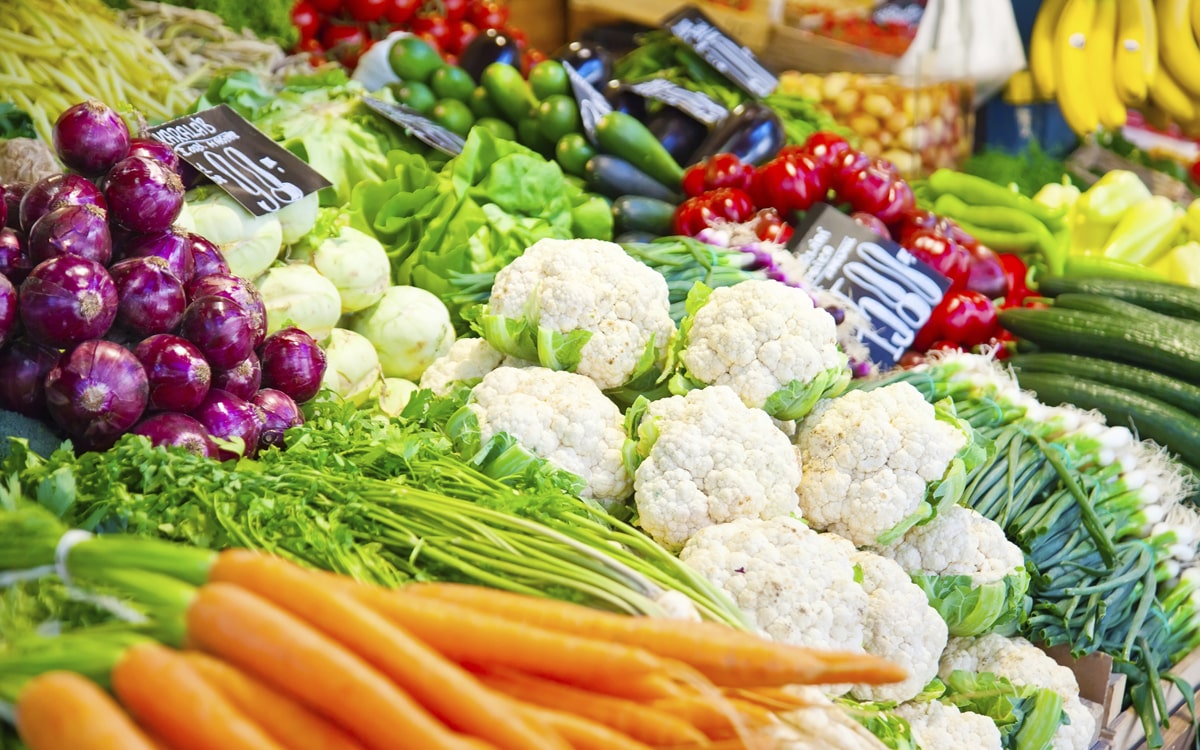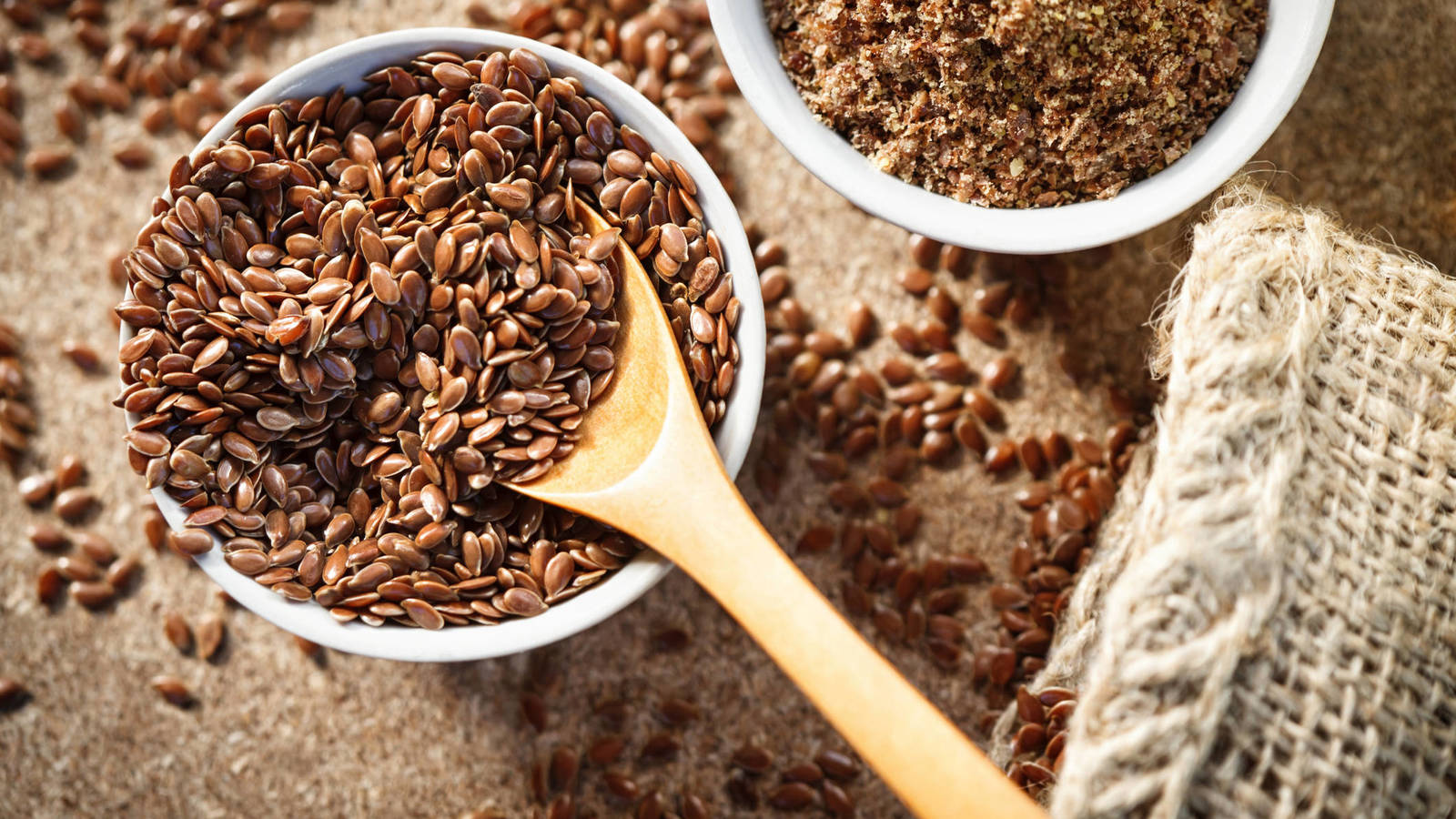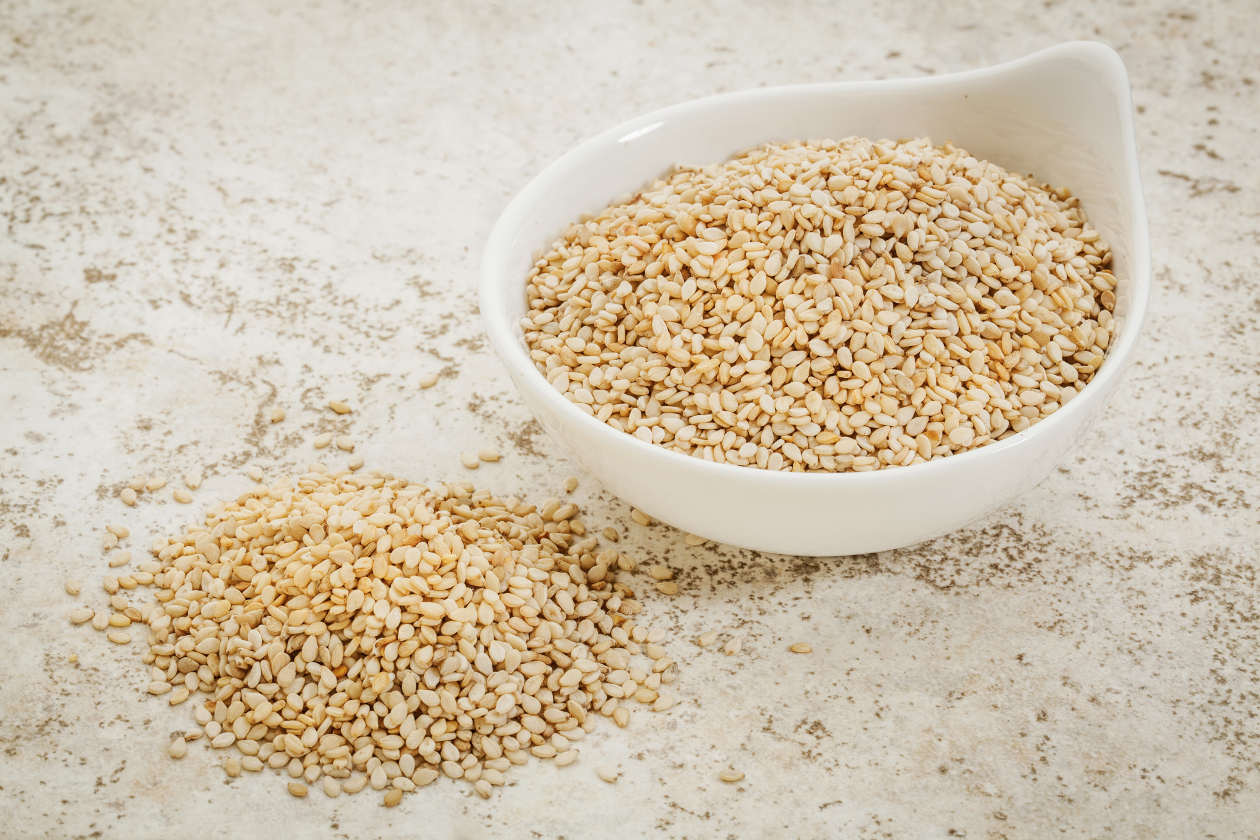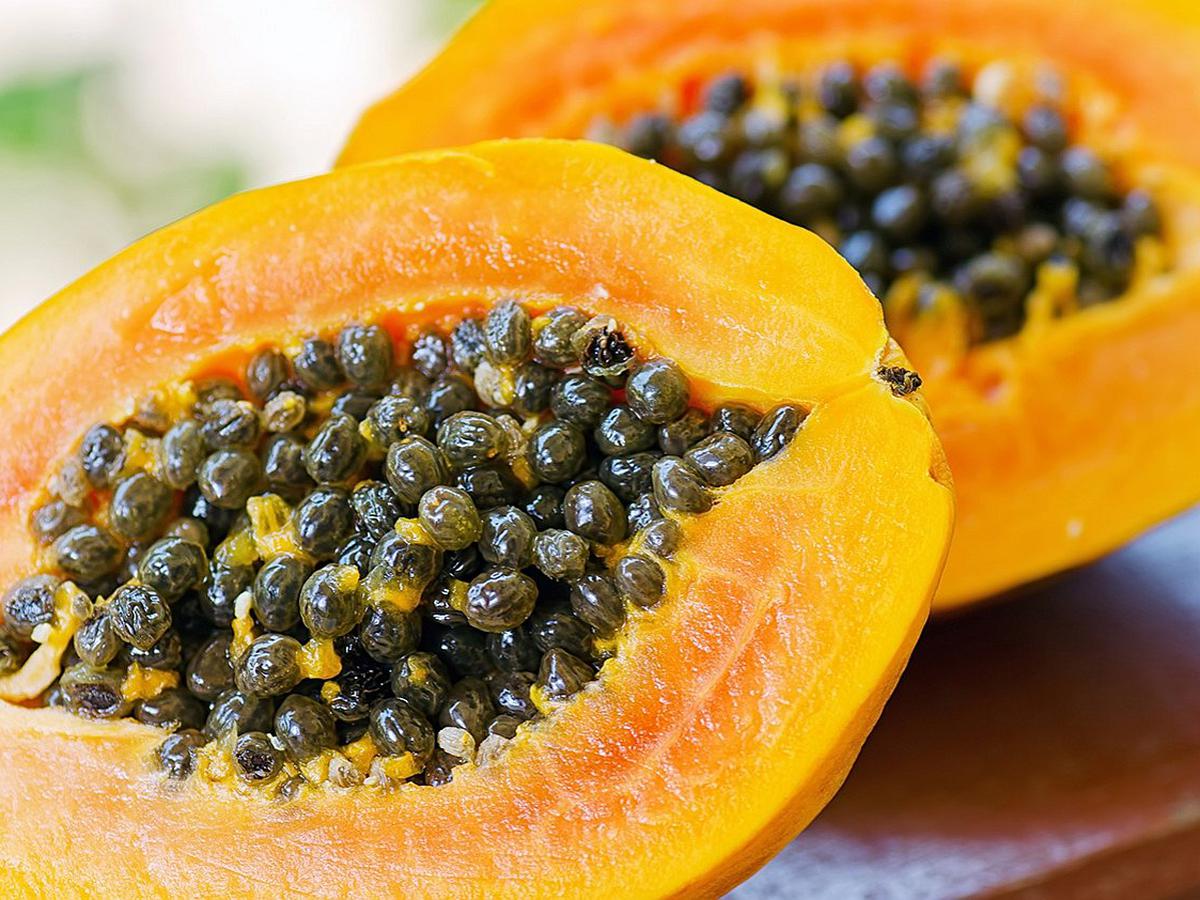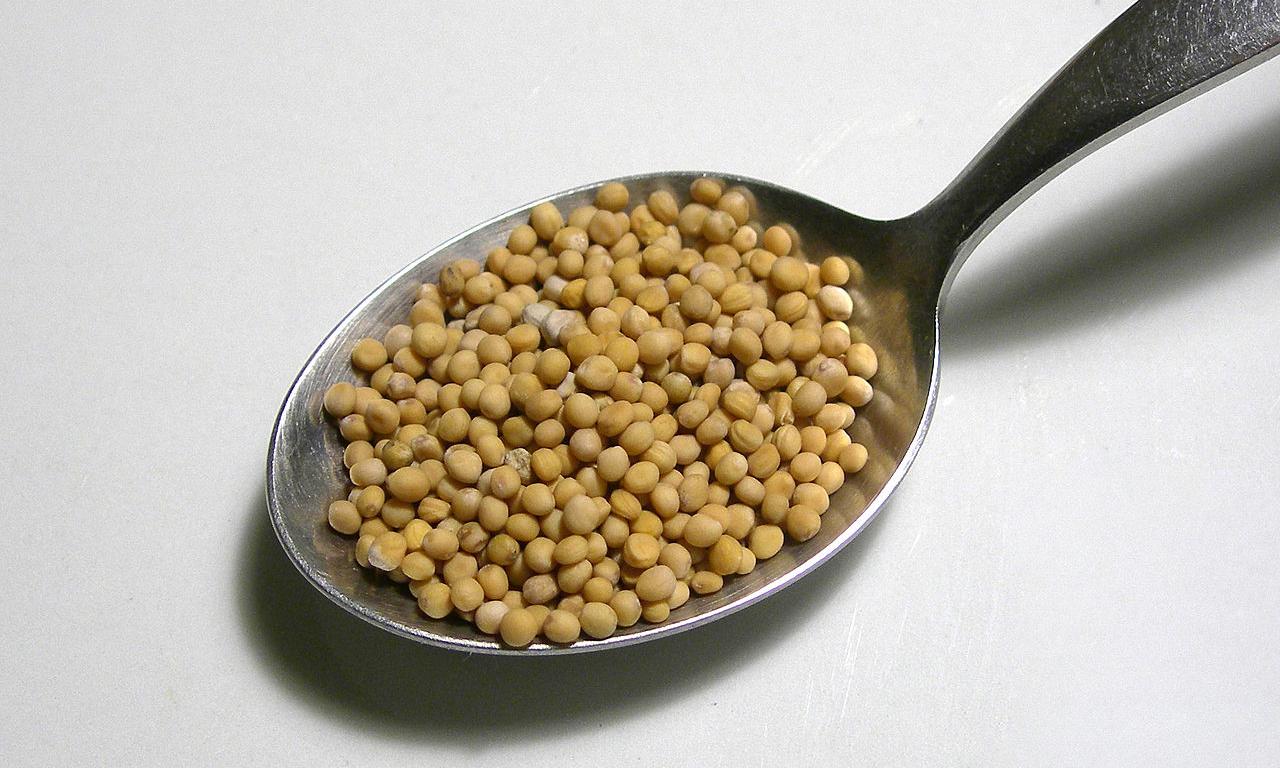For most human beings, it is clear that the different types of seeds They are essential for life on the planet, as they give rise to the growth of beautiful plants and are also involved in agriculture. Learn more about these little grains! Just here.

What are the Seeds?
The seeds are the grains that plants develop, and that when planted in the ground produce new formations that correspond to the same species, which corresponds to many types of species. In the first place, seeds are the foundation of the food consumed by human beings, who since the beginning of time sow and harvest their food through the use of seeds.
It is well known that through these different good and healthy foods can be obtained, when we think of a seed, we immediately imagine that hard part that is inside the fruits, however, if we investigate a little more about these, we can know that the Seed parts They are composed of 3 fundamental systems, which are: the storage tissues, the embryo and the protective covers.
On the other hand, it is also that the seeds are a part of a spermatophyte plant, since the seeds obtain from the gestation of the ovulate of the gymnosperm or an angiosperm, which, placed in the right place, produce new plants and thus become the origin of food and other plant specimens. The species that arise from seeds are usually different from the mother plants and come from the sexual reproduction of the plant.
In the same way, seeds can be called other parts of plants that are not related to the fruits of plants, for example: stems, bulbs, tubers, roots, among others, since they can germinate and produce a new plant. which in their case would be the same as the mother plant and have been conceived through asexual reproduction.
Seed Function
The seeds fulfill the same function as an egg in an oviparous animal, which means that the plants that are spermatophytes or phanerogams spread in order to make their family grow, however, the plants do not have the capacity of the animals of being able to mobilize, nor other characteristics.
It is precisely for this reason that they have developed different ways of migrating to new horizons, and the ones that have the most advantages in this are those that move through their fruits or flowers, since they can travel to different places from their place of origin and from this form extends its existence. The most important function of seeds is reproductive, because it is the conductive function of the seed embryo.
Almost all known and unknown fruits have seeds, and when they are digested by humans and animals they end up anywhere on the ground, so as long as they fall in a suitable place, their reproduction is generated from there, in this way they can spread to different places around the planet.
The different types of seeds they have a faculty and that is that they can wait until the circumstances to sprout are favorable or those indicated to reproduce, that is to say that if they fall on a land that does not have the conditions to germinate, they do not do so, until it is ready to its correct reproduction, in this way some spend long seasons waiting for the precise conditions to germinate.
Types of seeds
There are many types of seeds, but currently they are distinguished according to the usefulness and the uses that are given to them, below we can mention some of the seed classes:
vegetable seeds
Vegetable seeds exist in different shapes and sizes, for example; we can find in cucumbers some light green seeds in the shape of a drop and they are located in the central part of the vegetable. Carrot seeds, on the other hand, grow within the foliage of the flowering part of the plant, generating them when not harvested and left to flower.
Germination is different for most plants, however, for the most part all seeds need to be properly watered in order to germinate properly.
fruit seeds
Fruit seeds exist in different sizes, shapes, and textures. Each fruit has a different seed from the others, for example; In the case of avocados, they have large seeds in the middle of each fruit that are thick and shiny, and are also rich in fatty acids, omega 3 and other healthy oils. In the case of peaches, they have a pit within the pulp that can sprout into their own tree if planted under the right conditions.
Flower seeds
The seeds of the flowers are very different in terms of the characteristics of color, shape and texture, in many cases they are cream, brown and black, in terms of their size they are also very different. Some flowers have seeds that are very small than those of vegetables, these small grains are very light and the wind can easily move them from one place to another.
Edible Seeds
Edible seeds are mostly produced in bulk for human consumption, as is the case with sunflower seeds. These seeds are used as part of snacks and also contain proteins, B vitamins and minerals.
Among other examples of edible seeds, we can find those of flax, mustard, legumes, cumin and sesame along with nuts and fruit seeds. Most edibles are rich in B vitamins and protein, but each seed has its own benefits for humans and developmental characteristics. Here are a few:
- Enhanced: The improved ones are seeds that have gone through different selection processes and techniques, such as controlled pollination, to optimize certain characteristics of theirs, hence their name.
- Baby: They are those that have been modified so that the plant does not fully develop, they do this with the intention that the grains remain small, producing plants with a more tender and sweet appearance, which are very delicate, with a firm texture and bright coloration.
- Hybrids: These are seeds that are the product of a cross between two kinds of different seeds. In general, they are plants with very resistant characteristics, their roots are very strong and they have a great capacity to grow quickly. These have outstanding characteristics, such as; uniformity, rapid growth, strong roots and stems, in addition to giving higher quality fruit.
- creoles: Creole seeds are those that have adapted to a given environment, either through the direct involvement of human beings or because they occur naturally. They are characteristics of organic and traditional agriculture, used by field farmers to plant and produce excellent harvests, as an example we have the case of tomato, chili, mango, avocado, papaya, peach, among many other native fruits of our fields.
Importance of Seed Types
The seeds are really very important, since they are used for many reasons, either to generate food or as forms that give rise to life, they all have characteristics that make them unique and different from the others, there are seeds that are very hard while others are very soft and can be easily chewed, they are available in a variety of colors, we could say that their importance lies in the following:
- They are a very fundamental part of human nutrition.
- They form a fundamental part of agriculture, giving rise to vegetables and different Types of fruits.
- They are used as the main food of a large number of animal species, both those that are domesticated by men, and those that are found in the wild.
- These can last stored for long periods of time, in this way the sustenance of human beings on planet earth can be guaranteed.
Seed Varieties
Among the different types of seeds that exist, can be differentiated according to many characteristics, as an example is the case of whether they are edible or not. Below we will mention some of the types of seeds more common.
Sunflower seeds
Sunflower seeds are a very healthy option to eat as a snack, since they are rich in vegetable proteins and essential fatty acids, they also contain other nutrients and minerals such as magnesium, potassium or vitamins E and B complex.
Linseed or Linseed
Flax seeds or flaxseed are a type of edible grain and widely used in everyday life, they contain lignans that perform an antioxidant function.
Pumpkin seeds
In this case, pumpkin seeds represent an ideal vegetable option for vegan or vegetarian diets, these are the seeds that contain the highest amount of existing vegetable proteins.
Chia seeds
These are very popular in the world of cooking and nutrition, since due to their thickening properties, they make it an alternative to products such as sugar and refined flour, among others. These also contain many fibers and vegetable proteins.
Moringa seeds
Moringa seeds are also edible, as are the roots of this plant. They have nutritional attributes because they are a good source of vitamins and minerals that are very necessary for the human body.
Sesame seeds
Sesame or sesame are very common, they are usually seen mainly in breads and buns. These are usually rich in calcium and protein, among other nutrients, as well as being a natural antioxidant.
Fennel seeds
They have a large amount of calcium and are a source of iron, fiber, potassium and magnesium, these are edible seeds and can also be added as condiments to different foods or can also be placed on bread.
papaya seeds
These seeds are completely edible and can be digested whole, crushed, or together with water. These are normally used for their medicinal properties to prevent kidney failure or heartburn, among others.
apple seeds
Apple seeds have great positive and healthy properties for human beings, they contain a type of vitamin called amygdalin or B17 that, when crushed or chewed, turns into hydrogen cyanide. It should be noted that in large quantities (about 20 km), it can become a lethal poison.
mustard seeds
Mustard seeds are recognized as a seasoning with special flavoring properties, in addition to other ways of using them, such as in medicinal infusions.
Seed Parts
From the outside, the seeds usually appear to be compact and homogeneous, however, inside them all their parts can be differentiated, which are very different. Among the different parts of the seeds we can find the following:
Embryo
The embryo is very similar to that of animals, it is a small plant from which the new plant will grow. It is located inside the seed in a dormant state, waiting for the moment to germinate. This in turn consists of 4 other parts that are:
- Radicle: It is the main root of the embryo, from which all the other roots of the plant come out.
- Plumule: This is a bud, at the end opposite the radicle.
- hypocotyl: It is the space between the two previous parts, which when growing will form a stem.
- Cotyledon: It is usually only one or two, depending on whether the silver is dicot or monocot. These are the first true leaves of the plant.
Endosperm
It corresponds to being the part that occupies the largest volume of the seed, they are made up primarily of starch, it is a reserve of nutrients and food for the embryo to feed on during its early stages of development.
Episperm
It is the outer layer of the seed and it is mostly hard, it isolates the embryo and the endosperm from predators and threats.
